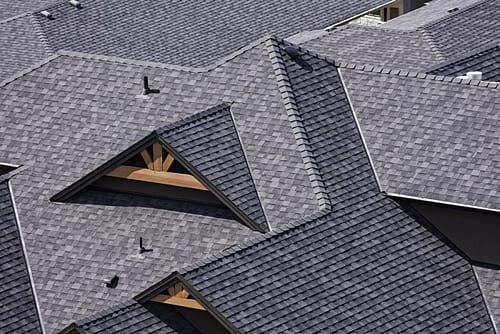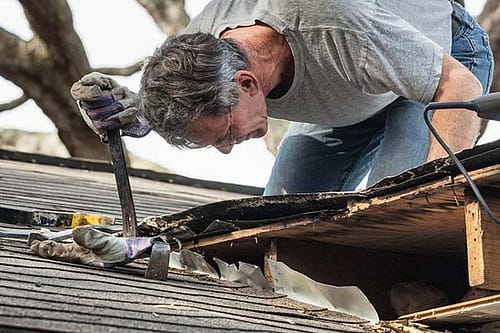It is important that you have your roof demounted in time. This keeps the roof looking like new, prevents leaks, prevents cracks, etc. There are various methods for removing moss and dirt from the roof.
Why demossing roofs are really useful?
Cleaning your roof by having it demineralized has a number of interesting advantages:
Preventing cracks: The moss cover makes the roof covering more porous. When it freezes, the moisture in the moss will expand, causing cracks in the roof covering. Because the moss hides those small cracks, they have plenty of time to get bigger, which can lead to water infiltration. That penetrated moisture can, in turn, cause the roofing to crack further.
Preventing leaks: The formation of cracks due to moss and dirt increases the risk of leaks in the roof.
Extended service life: A roof is subject to wear due to heavy rain, temperature fluctuations, etc. Moss accelerates that wear process.
Beautiful appearance: Together with the facade, the roof is the first thing you notice when you view a house. By having the roof demineralized, it will continue to look well cared for. This way you leave a positive impression on yourself, visitors and potential buyers if you ever want to sell your house.
Optimal energy consumption: A roof with moss is no longer in optimum condition. There is a risk that the roof insulation will be affected, resulting in energy loss.
Procedure for removing moss on the roof:
Making a roof moss-free usually takes the following steps:
1. Preparation:
It is important that the roofer has easy access to the roof so that they can do their job properly. Put flower pots, patio furniture, the parasol, etc. aside in advance. If you do that work yourself, the roofer does not have to clear the way themselves. That means fewer working hours, which means you can save on labor costs.
Objects that are fixed and cannot be set aside are best covered with old blankets, a plastic sheet, etc. This will prevent dirt or anti-moss product from ending up on it.
2. Shut off the water outlet:
The drainage of rainwater is best sealed when removing a roof. This way you prevent water with pieces of moss and anti-moss product from ending up in the rain pit. The product limits the use of rainwater while the pieces of moss can lead to blockage.
3. Remove moss from the roof:
After these preparatory works, it is the turn of actual moss control. Through anti-moss products, using the high-pressure cleaner, by spraying, by brushing everything is done to clear them, etc. Depending on the roofing, the professional uses specific products and materials.
Certain anti-moss products must be able to act for a while. The exposure time depends on several factors such as the type of roofing material, the weather conditions, the degree of pollution, etc.




